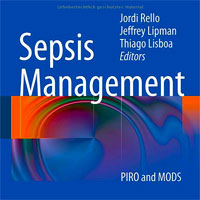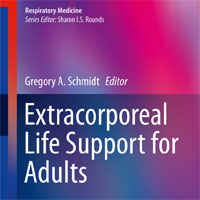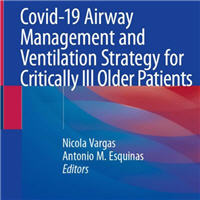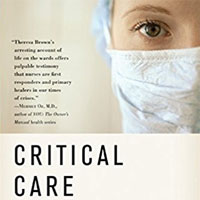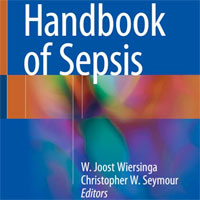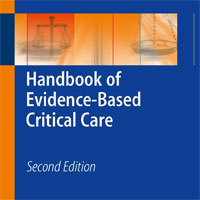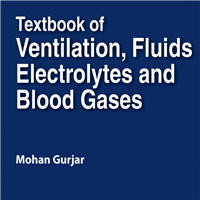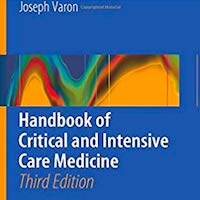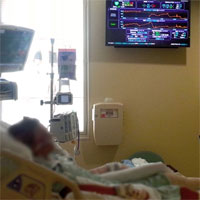
Data Analysis Shows ICU Scores Accurate in Predicting Risk of Death
Using clinical data from more than 200 hospital intensive care units, Philips Healthcare has shown that three ICU risk scores—designed for different purposes—performed well as a marker of severity of illness at admission... read more
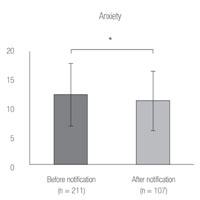
The Effects of a Delirium Notification Program on the Clinical Outcomes of the ICU
Increasing the physician's awareness of the patient's mental state by using a notification program could reduce the anxiety of ICU patients even though it may not reduce delirium. The results suggested that the method of... read more

The Efficacy and Safety of Pre-hospital Cooling After Out-of-Hospital Cardiac Arrest
Mild therapeutic hypothermia (TH), or targeted temperature management, improves survival and neurological outcomes in patients after out-of-hospital cardiac arrest (OHCA). International guidelines strongly support initiating... read more

Helping Without Harming
You've been resuscitating the patient for hours and finally caught up with volume. You come back on your next shift only to find your colleague has been diuresing them all day. What the heck were they thinking!?! This normal... read more
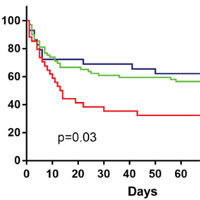
Isolated Left Ventricular Failure is a Predictor of Poor Outcome in Patients Receiving Veno-Arterial ECMO
Veno-arterial extracorporeal membrane oxygenation (va-ECMO) is increasingly and successfully used to assist patients with refractory cardiogenic shock from different causes. A total of 132 va-ECMO patients were enrolled.... read more
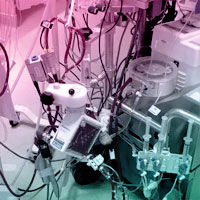
Experience and Needs of Family Members of Patients Treated with ECMO
Sudden onset of an unexpected and severe illness is associated with an increased stress experience of family members. Only one study to date has explored the experience of family members of patients who are at high risk of... read more

Evidence for Persistent Immune Suppression in Patients Who Develop Chronic Critical Illness After Sepsis
Many sepsis survivors develop chronic critical illness (CCI) and are assumed to be immunosuppressed, but there is limited clinical evidence to support this. We sought to determine whether the incidence of secondary infections... read more
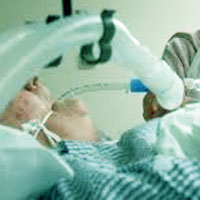
Associations With Psychological Outcomes Among Family Members of Mechanical Ventilation Survivors
In this multicenter cross-sectional survey, we interviewed family members of mechanically ventilated patients at the time of transfer from the ICU to the hospital ward. To our knowledge, this is the first study to explore... read more

Hidden Curricula, Ethics, and Professionalism: Optimizing Clinical Learning Environments in Becoming and Being a Physician
The educational and social milieu of medical learning environments is a complex system of influences. Role models across peer relationships and the hierarchy of medicine contribute to the formation of professional identity,... read more
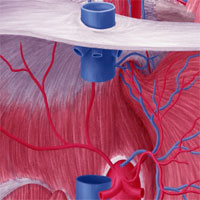
Does Respiratory Variation Of Inferior Vena Cava Diameter Predict Fluid Responsiveness In Spontaneously Ventilating Children With Sepsis
IVC collapsibility has poor test characteristics for predicting fluid responsiveness in spontaneously ventilating children with sepsis. Thirty-nine fluid boluses were recorded in 33 children, 28/39 (72%) of which met criteria... read more
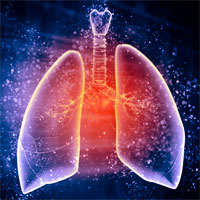
Translating Evidence Into Practice in ARDS
Although the treatment of the acute respiratory distress syndrome (ARDS) with low tidal volume (LTV) mechanical ventilation improves mortality, it is not consistently administered in clinical practice. This review examines... read more
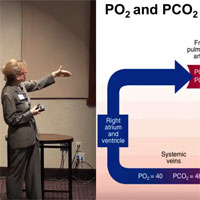
Choosing the Right Hemodynamic Platform
Choosing the Right Hemodynamic Platform: ABG, SV to PAC – Barbara McLean, MN, RN, CCNS-BC, NP-BC Barbara McLean, MN, RN, CCNS-BC, NP-BC Critical Care Clinical Specialist Critical Care Division Grady Health System... read more

Hemorrhagic Shock: Pearls and Pitfalls for the Resuscitation Room
Hemorrhagic shock is a state of systemic hypoperfusion secondary to acute blood loss which may have either traumatic or atraumatic etiologies. While gastrointestinal and traumatic etiologies are some of the most common causes... read more
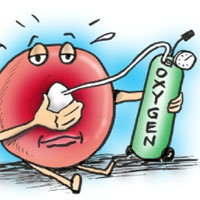
Oxygen Flow Rate and FiO2: Understand the Relationship!
Oxygen, we all need it! We do not need a lot of it under normal circumstances, with 0.21 being the fraction of inspired oxygen (FiO2) of room air. FiO2 is defined as the concentration of oxygen that a person inhales. The... read more

